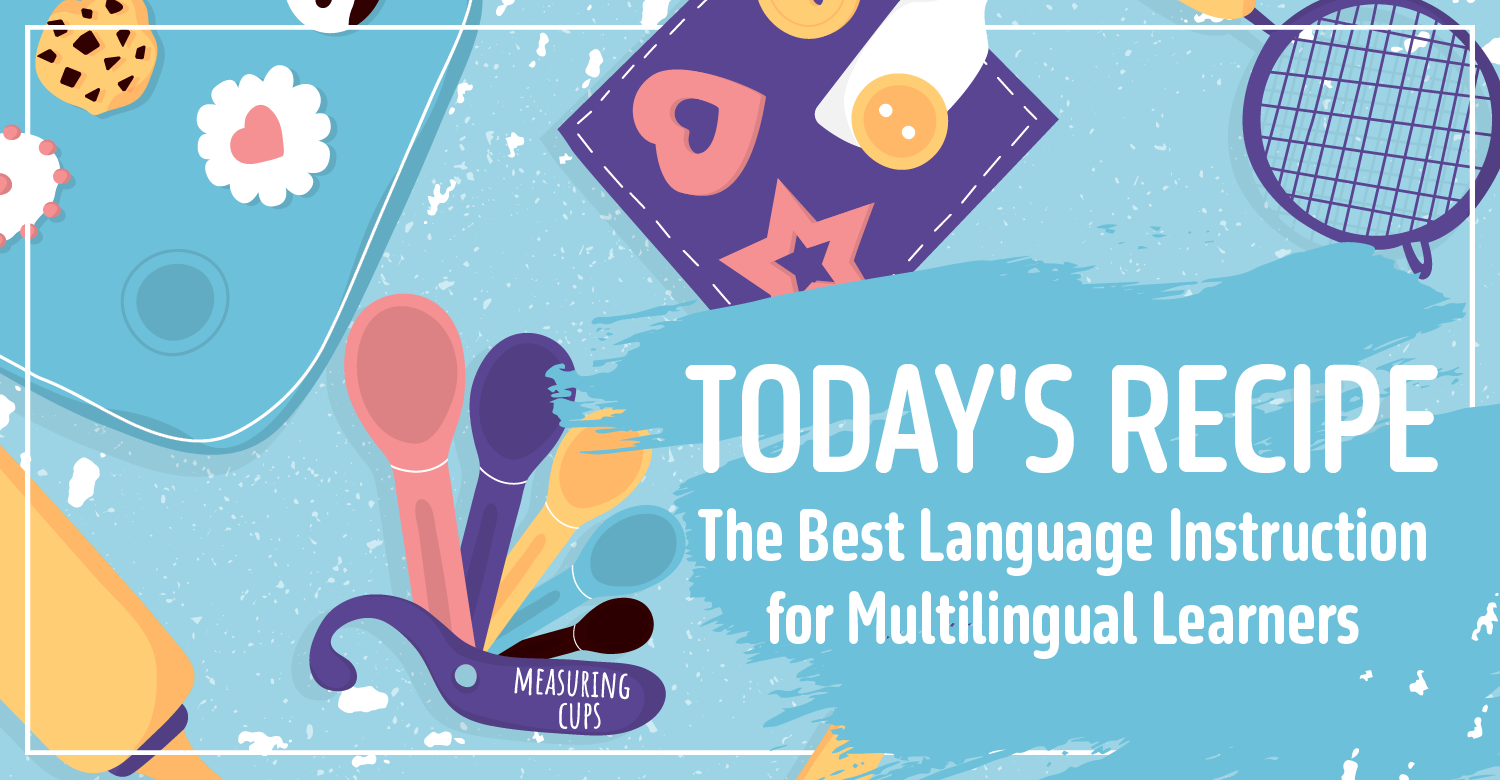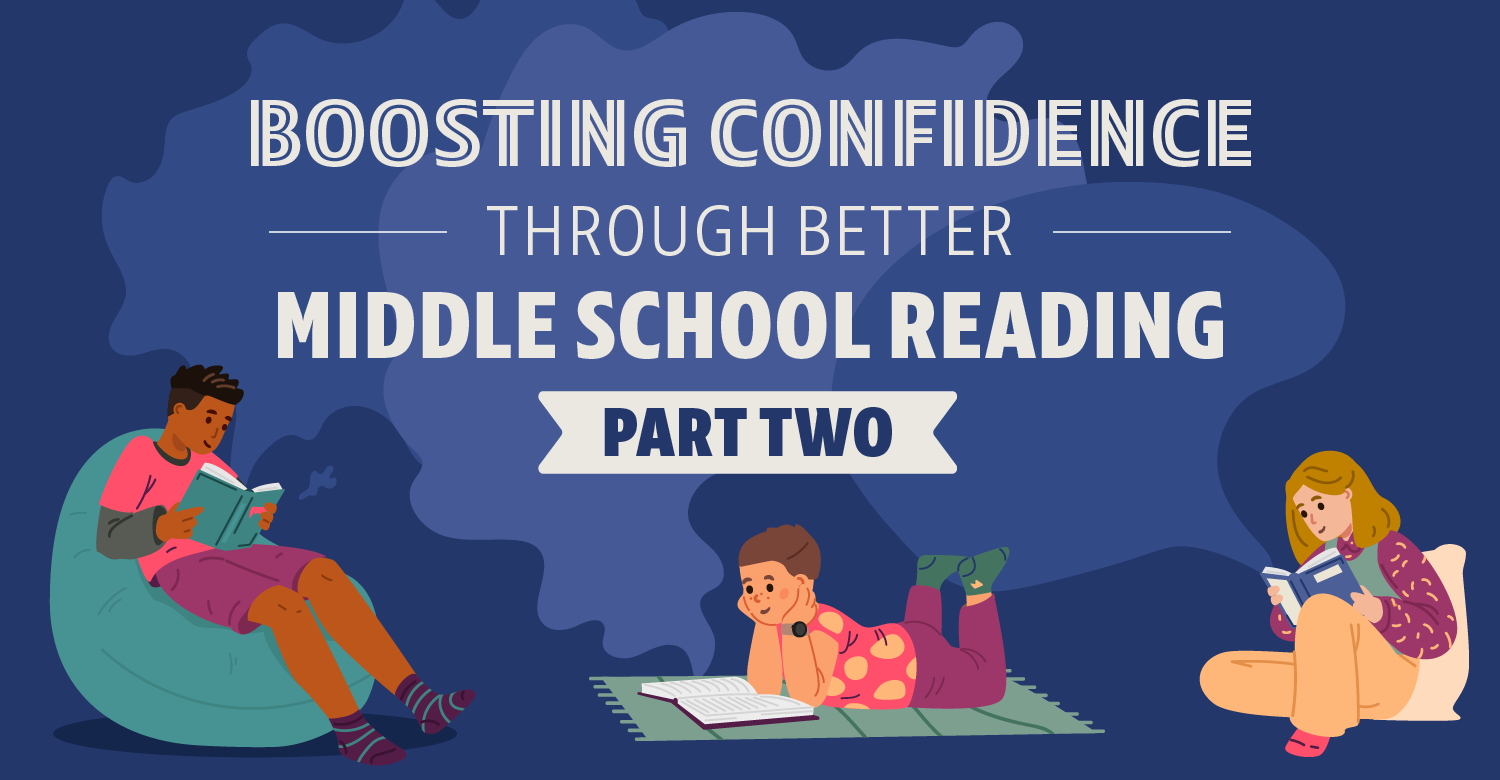Some people call it “being in the zone”—this state of being where one is deeply engaged in a task or thought. Time passes without notice; ideas come easily or if they don’t, there’s a persistence to stick with the task no matter what; energy comes and the drive to create, solve, produce, play is unquenchable. Artists experience this when inspiration hits and hours are spent writing, drawing, or painting. Students experience this in a classroom where their passion or curiosity is tapped or the task is such that they just can’t help themselves. Csikszentmihaly (1990) describes this state of conscientiousness as “flow”—optimal moments of growth and engagement. One can sense this type of engagement when you walk into a classroom where students are invested.
Three key practices contribute to creating the conditions for this type of student investment. It’s not just a strategy; it’s believing in and planning for meaningful work, relentless revision, and student feedback.
-
Meaningful Work
As you consider the standards students need to master during a unit or time frame, plan engaging student work (assessments and instructional activities) that allows students to show a level of understanding.
- What authentic situation or role might students play? Myron Schwartz’s chemistry and physics students used their lab time to develop a way to purify water efficiently so that people in Haiti could get access to more drinking water. They visit and raise money to be able to contribute to the global community in this way (Vagle, 2014).
- How could the task contribute to local and global problems?
- What kind of essential questions provide context and intrigue? What is interesting and relevant about the task and the learning?
- What kind of student interests might be tapped to create these engaging and meaningful assessment tasks?
Consider the following questions to guide your engagement planning:
- What key ideas do you want to last beyond the unit?
- What themes give this unit relevance and coherence?
- What is the “why” of the unit?
- What ideas and questions create a sense of intrigue?
- How do experts or masters of this discipline use the information?
- What processes are used to solve problems and learn concepts?
- What stories, experiences, symbols, and traditions from your students’ cultural backgrounds could influence the way you formulate essential questions, authentic roles or scenarios, and assessments (Vagle, 2014, p. 20)?
Designing for an engaging assessment task or instructional activity creates a sense of relevance and naturally addresses the question students often raise, “Why do we have to know this?”
-
Relentless Revision
How many of your students jump at the chance to revise their work? If you chuckled and thought “not many,” you are not alone. Some learners will jump at the chance for extra credit, but drag their feet to redo or revise their work. This revision has incredible power to help key ideas stick and help them grow (Hattie & Timperely, 2007; Hattie, 2009). I reflect back on the amount of time and effort I spent crafting comments on my students’ work. My invitation to use those comments was sometimes taken and other times—most often by students who could use it the most—was left in the trash or lost on the floor. Relentless revision means that students are required to revise their work and analyze and fix misconceptions or mistakes. In this quest for relentless revision, consider the following:
- Require revision on the most essential learning goals and the most meaningful work.
- Make revision part of instruction, not an add-on to an already overloaded agenda.
- Require one or two revisions that are actionable and reasonable for students to achieve. Once students see and experience their work improve, they begin to see that persistence and hard work pay off. This begins to foster a growth mindset (Dweck, 2006).
- Use the revised work and the most recent evidence as a final score to communicate achievement. Do not average beginning evidence with the current evidence.
-
Student Feedback
Seeking feedback about any and all aspects of students’ school and classroom experience is a powerful way to inform a teacher’s practice as well as build trust and community in the classroom—something essential for student investment. Once students trust the teacher and the classroom culture to support them, they are more likely to take risks and learn more. “The simple act of asking and listening builds trust—something essential if students are to invest” (Vagle, 2014, p. 97).
- Use an exit slip to get students’ feedback on what part of the lesson helped them learn the most and why? What part of the classroom activity got in the way of their learning and why? What changes could be made to help them learn and engage more?
- Conduct a more formal student survey to learn more about your students’ confidence levels, perspectives on grading, learning, homework, instruction, and collaboration/group work. Design in Five (Vagle, 2014) includes a sample survey.
- Ask students to create a lesson or generate ideas they feel would support their learning of a specific concept or standard.
- When facing a challenge or problem in the classroom, ask students for potential solutions. The more learners are part of the solution to challenges, the more those solutions will address the root cause and contribute to an improved culture in the classroom.
Student investment is a way of being and a belief in and commitment to meaningful work, relentless revision, and student feedback.
References
Csikszentmihalyi, M. (1990). Flow: The psychology of optimal experience. New York: Harper Row.
Dweck, C. (2006). Mindset: The new psychology of success. New York: Random House.
Hattie, J. (2009). Visible learning: A synthesis of over 800 meta-analyses relating to student achievement. New York: Routledge.
Hattie, J., & Timperley, H. (2007). The power of feedback. Review of Educational Research, 77(1), 81–112.
Vagle, N. D. (2014). Design in five: Essential phases to engaging assessment practice. Bloomington, IN: Solution Tree Press.
[author_bio id=”301″]






